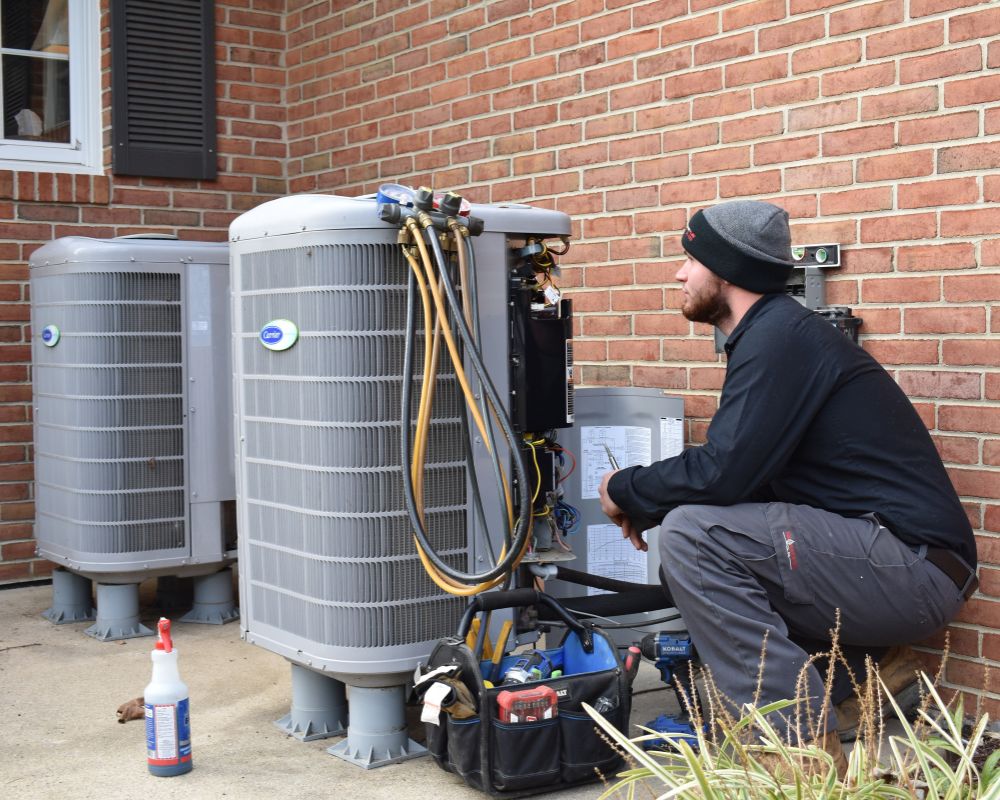When the temperatures drop and the cold weather sets in, you need a reliable heating system to keep your home warm and comfortable. At Comfort Plus Services, we offer comprehensive heating services to ensure your heating system is running efficiently and effectively throughout the winter months.
Our skilled, NATE-certified technicians are trained to address repairs and maintenance for all types of heating systems, including furnaces, heat pumps, and boilers. Call on our team of experts for all your heating system needs:
Gas Furnaces
A gas furnace derives heat from burning propane, natural gas, or other fuel. This economic choice is popular because of its high efficiency when compared to electric options. It allows for more consistent temperatures and less running time when heating your home. Comfort Plus Services offers expert maintenance, repair, and installation for a wide variety of gas furnaces.
Heat Pumps
Heat pumps are a popular choice for moderate climates like ours, because they are actually transferring conditioned air as opposed to creating it. While they can be more costly than a furnace to install, they generally have lower operating costs over time. Comfort Plus Services installs and services heat pumps from several reputable brands, including Carrier® .
Boilers
Comfort Plus Services will repair, maintain, replace, and convert your home’s boiler heating system. Some of the most popular systems in Mid-Atlantic homes include hot water boilers, steam boilers, and condensing boilers. Comfort Plus can service them all!

